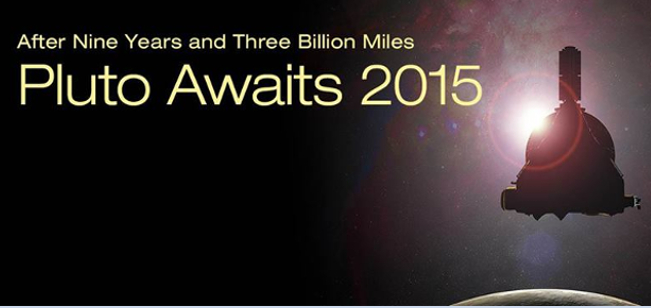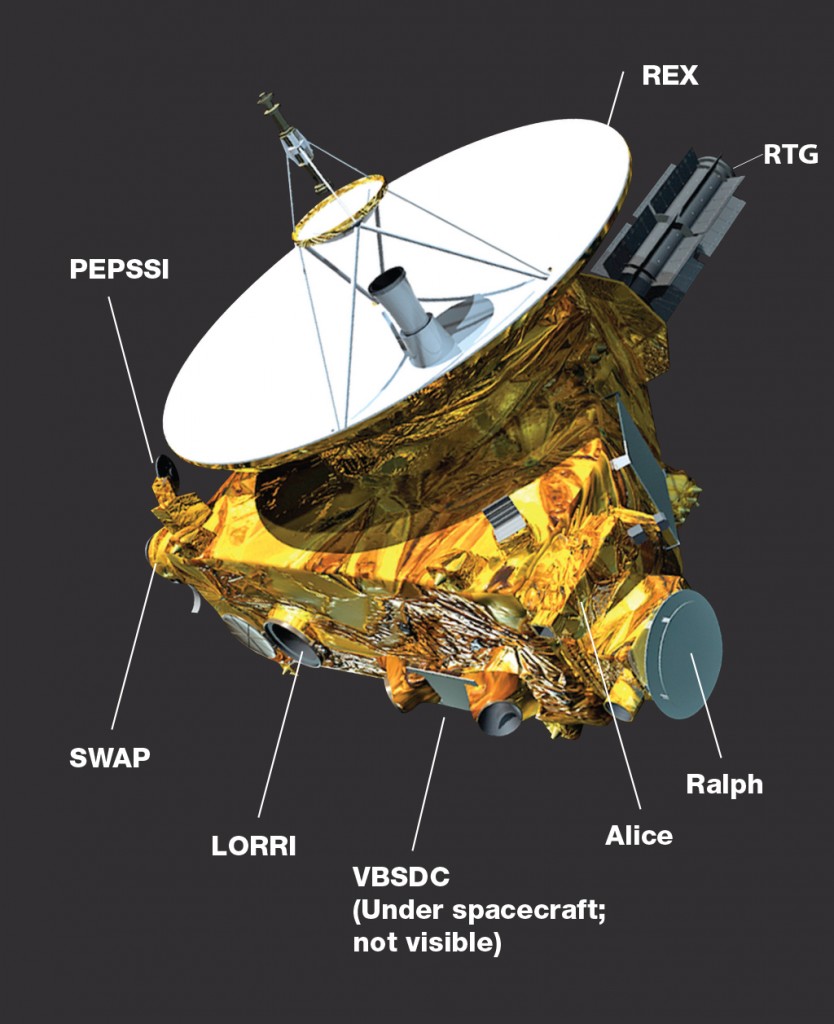PLUTO DISCOVERY
Pluto once believed to be the ninth planet was first discovered by astronomer Clyde W. Tombaugh in February 18th 1930. He used a “blink comparator” to look for anything moving in the plates taken. Finally he was able to find a moving object against the fixed stars which turned out to be Pluto.
Pluto remained a tiny bleary pixel for about almost 5 decades after discovery. In 1978 after analysing plates taken at the US naval observatory astronomers James Christy and Bob Harrington discovered the largest moon of Pluto Charon.
Nix and Hydra were first discovered in 2005-2006 and a team of scientists led by Mark Showalter found Kerberos in 2011 and Styx in 2012.All these discoveries were done using the Hubble Space telescope.


The above images show the best available resolution to observe the Pluto system from earth and earth orbit.
NEW HORIZONS MISSION
In the 1970’s there were thoughts about sending one of the twin voyager space crafts past Pluto to complete the exploration of the known solar system. Finally in 2001 November after careful consideration NASA approved the New Horizons mission to explore Pluto and beyond, in to the Kuiper belt. After 5 years of preparation finally New Horizons was successfully launched using one of America’s most powerful rockets ATLAS V 551 evolved expendable launch vehicle (EELV) on January 16 2006 from Cape Canaveral Air Force Base, Florida. New Horizons holds the record for the highest escape velocity achieved by a space craft leaving earth at about 36000 mph. A year later in February 2007,a sling shot gravity assist added a 14,484 kmph boost to the space craft reducing a 14 year journey to just nine and a half years. The Jupiter flyby was also a rehearsal for the 2015 Pluto flyby. It returned detailed images of Jupiter and one of Jupiter’s moons Io along with 700 other science observations. After the Jupiter encounter most of the New Horizons instruments were put to a hibernation mode in order to reduce ware and tare. It only sent a simple “I’m alive”signal once a week.
Commencing on July 5th 2013, a 9 day encounter rehearsal with every twist and turn identical to the actual 2015 Pluto encounter was performed and the space craft behaved exactly as expected. On December 6th 2014 New Horizons exited hibernation for the 18th time successfully and it will stay awake till October 2016 sending data back to earth.
SCIENCE PAYLOAD
New Horizons contains the most powerful set of instruments sent on a first flyby of any world in our solar system.
- LORRI (Long Range Reconnaissance Imager): is a Telescopic camera which will be used to obtain encounter data at long distances. Would map Pluto’s far side and provides high resolution geologic data.(During close encounter only one hemisphere will be visible as Pluto and Charon take 6.4 days to complete one rotation and the best resolution of the other hemisphere will be observed 3 days prior to close encounter)
-
Ralph: Visible and infrared imager/spectrometer (provides colour, composition and thermal maps.)
-
Alice: Ultraviolet imaging spectrometer. To analyse composition and structure of Pluto’s atmosphere and looks for atmospheres around Charon and Kuiper Belt Objects (KBOs).
-
REX (Radio Science Experiment): Measures atmospheric composition and temperature; passive radiometer.
-
SWAP (Solar Wind around Pluto): To measures atmospheric “escape rate” and observes Pluto’s interaction with solar wind.
-
PEPSSI (Pluto Energetic Particle Spectrometer Science Investigation): Energetic particle spectrometer. Measures the composition and density of particles escaping from Pluto’s atmosphere.
-
VBSDC (Venetia Burney Student Dust Counter): Built and operated by students at University of Colorado is used to measures the space dust during the voyage across the solar system.
As Pluto is so far away from our sun, solar panels would not work, so the designers have used a RTG (Radio isotope Thermoelectric generator)provided by the U.S. Department of Energy which uses 10.9 kg of plutonium-238 dioxide to provide power.
The main communication between the space craft and earth is done through the high gain Antenna. A 12W transmitter is used for signalling back to earth (roughly over three billion miles) and it gives a maximum data rate of about 2 kbps. Mission operations team communicates with the spacecraft through NASA’s Deep Space Network (DSN) of antenna stations. A signal takes about 4.5 hours in one direction making the round trip time roughly about 9 hours.

What to expect on 14th July “THE ENCOUNTER DAY”
According to the mission briefing,The main observation program of New horizons will be during a period of nine days (beginning 7 days prior to the closest approach).During which most of the key science data will be collected and stored on the 8 GB solid state recorder which is on board the space craft. As the space craft will be too busy taking data, all communications with earth will be cut off. The recorded data will be sent back to earth during the next 16 months after the encounter. However, a few fail-safe downlinks are scheduled on the 12th & 13th July(One day before closest encounter)and the first downlink after the closest encounter will be on the 15th of July 2015. Detailed downlink schedule can be found here.
Traveling into the unknown has its own dangers. According to Alan Stern, New Horizons’ principal investigator the main concern at the final stage of the mission is that the space craft might collide with small debris in the Pluto system.
Due to the current speed of 30000+ mph any collision will have devastating effects on the mission(According to current models the probability is less than 0.001%). Alternate Trajectories which are known as SHEBOT’s (Safe Haven By Other Trajectories) have been prepared which will minimize the risk to the space craft but also these alternate trajectories have got less “science potential” .
The above mentioned fail-safe downloads are scheduled,so that the best science information will be available. If all goes well as planned during the closest encounter and flyby, It will be possible to get detailed knowledge and more importantly ,it will be possible to “see” what Pluto and Charon actually look like.

(https://www.nasa.gov/content/first-pluto-charon-color-image-from-new-horizons )

(https://www.nasa.gov/feature/so-far-all-clear-new-horizons-team-completes-first-search-for-pluto-system-hazards )


REFERENCES
https://www.nasa.gov/mission_pages/newhorizons/main/
http://pluto.jhuapl.edu/Mission/Where-is-New-Horizons/index.php



